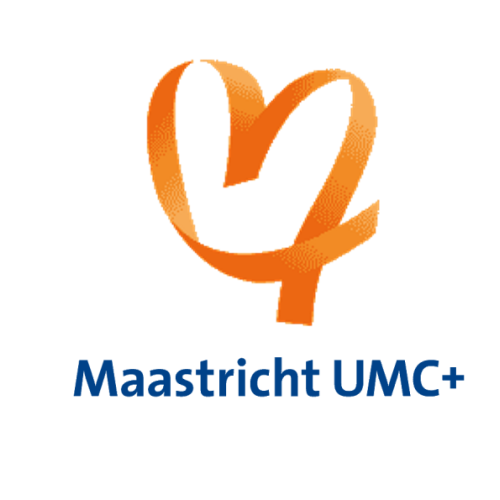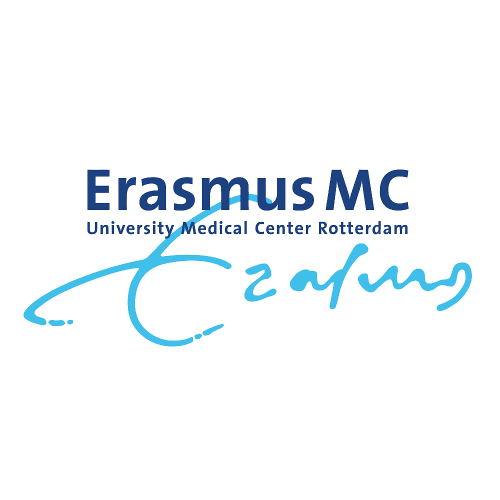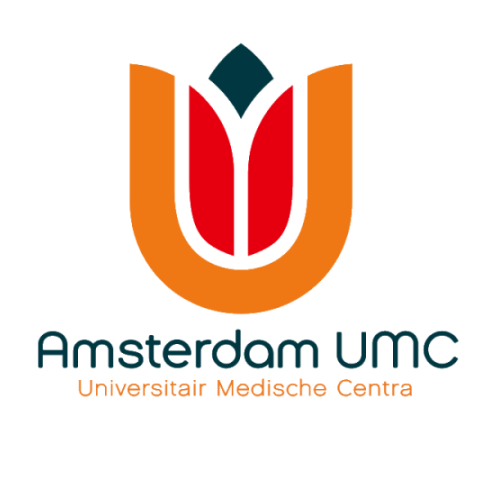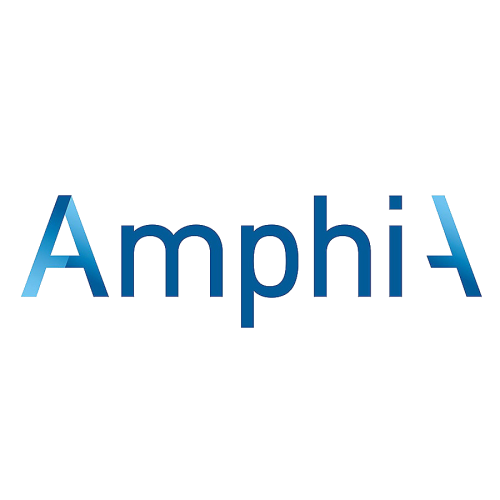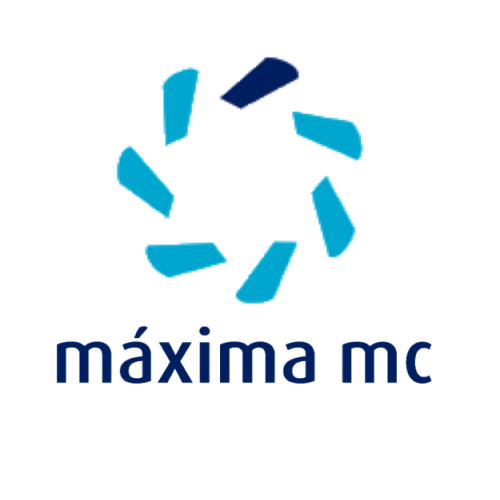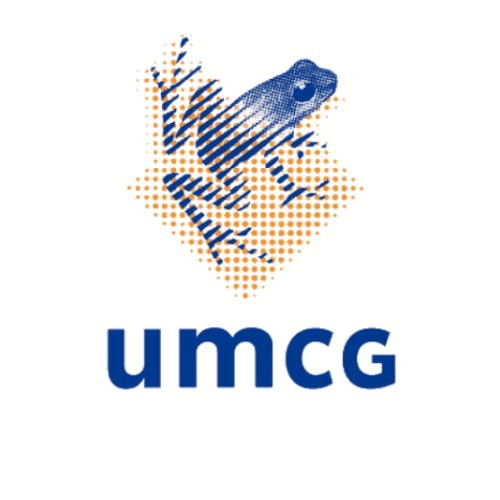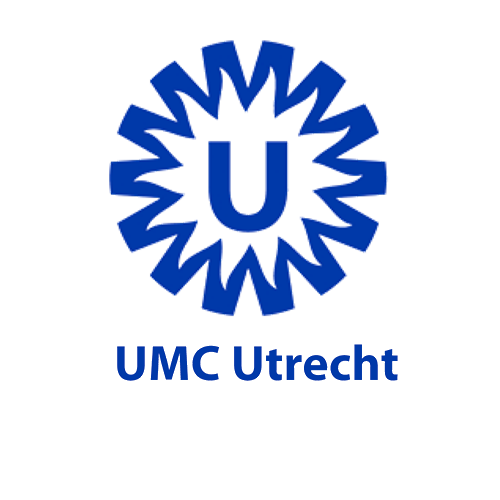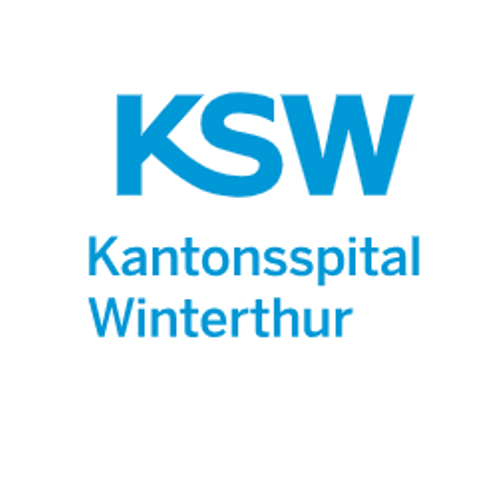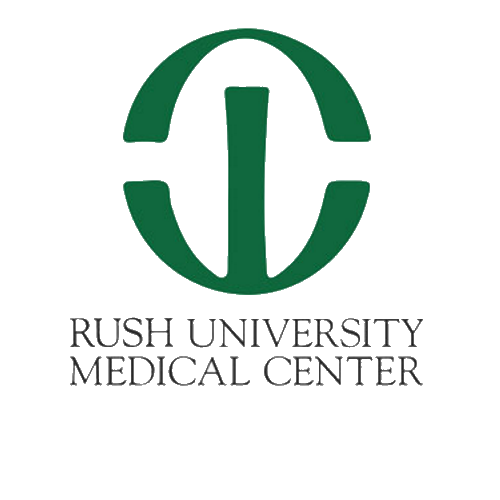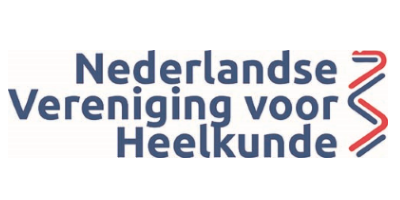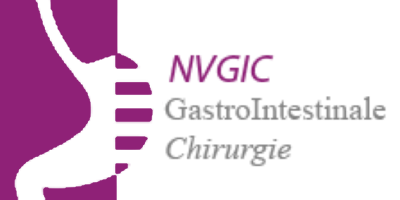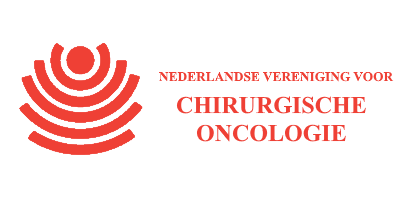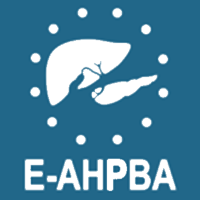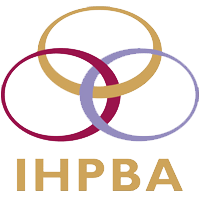DRAGON-1
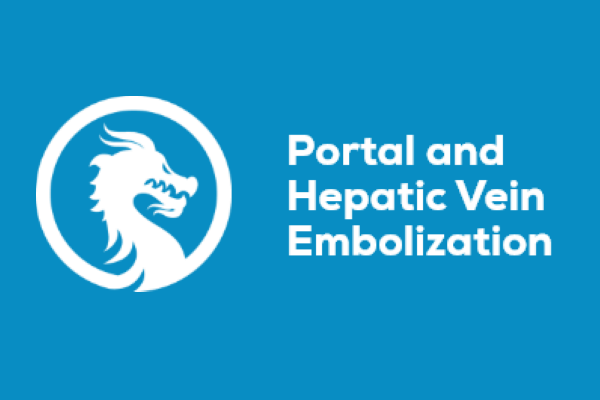
Huidige inclusies:
0/125 (0%)
Doel:
Training, Accreditation, Implementation and Safety Evaluation of Portal and Hepatic Vein Embolization to Accelerate Future Liver Remnant (FLR) Hypertrophy
Samenvatting:
Resection of liver metastases from colorectal cancer (CRLM) improves survival compared to chemotherapy alone and may lead to cure in up to 40% of patients. Surgical resectability is limited by location of metastases and by FLR size and function. Commonly, the volume of the future liver remnant (FLR) should be at least 30% of the functional FLR volume. If this volume criterion is not met, the induction of liver regeneration between a two-stage hepatectomy is performed at many centers, with the aim to render patients resectable and reduce the risk of post hepatectomy liver failure. Gold standard to induce regeneration is the embolization of the portal vein branches to the tumor carrying liver (PVE) to induce regeneration of the FLR. Recently, combined embolization of both portal and hepatic veins (PVE/HVE) has been described as an alternative to portal vein embolization because it accelerates and increases growth of the FLR. PVE/HVE combines simultaneous embolization of the portal main branches into the tumor bearing liver and the hepatic vein draining them. The tissue in the part of the liver treated with PVE/HVE stays viable because the hepatic artery continues to supplies the liver deprived of portal and hepatic veins. Preclinical studies in pigs have demonstrated feasibility of this method and human case series show accelerated and increased liver growth. No multi-center evaluation has been performed so far. DRAGON 1 is an international, prospective, multi-center trial to test enrolment capacity of participants and safety of portal and hepatic vein embolization (PVE/HVE). DRAGON 1 will form the basis of the RCT DRAGON 2 to compare PVE with PVE/HV. DRAGON 2 is expected to start in 2021.
Ontwerp:
Multicenter prospectieve interventionele studie
Duur:
Voltooing verwacht oktober 2022
Inclusiecriteria:
- Patients with primarily unresectable/potentially resectable CRLM after conversion chemotherapy with a FLR <30% in normal livers, or 40% in livers chemotherapy damaged livers.
- 18 years and older
- Patients up to ECOG 3 (not more than 50% bedbound)
- Patients with non-resected primary colorectal cancer (CRC) may be included if and only if there is an intent to remove the CRC after the liver treatment (liver first approach)
- Staging CT chest and (if symptomatic) CT/MRI excludes unresectable extrahepatic disease, while metastatic disease that may be cured in the future, is included.
- Patients with resectable lung metastases or lung metastases that and be ablated can be included only after statement about resectability/ablatability by tumor board
- Patients have to be to understand the trial and provide informed consent.
Exclusiecriteria:
- Patients with extrahepatic disease other than lung metastases
- Patients with metastatic disease to the lung that cannot be ablated or resected will be excluded
- Patients with intrahepatic Cholangiocarcinoma (IHCC)
- Patients with Perihilar Cholangiocarcinoma (PHCC)
- Patients with Hepatocellular Carcinoma (HCC)
- Pregnant or lactating women will not be eligible
- Potential to get pregnant has to be excluded (obligatory contraception etc.)
- Progression by modified RECIST criteria on cross-sectional imaging after conversion chemotherapy is an exclusion criterion. Complete response in cross-sectional imaging after conversion chemotherapy.
National Clinical Trial (NCT) nummer:
NCT04272931
